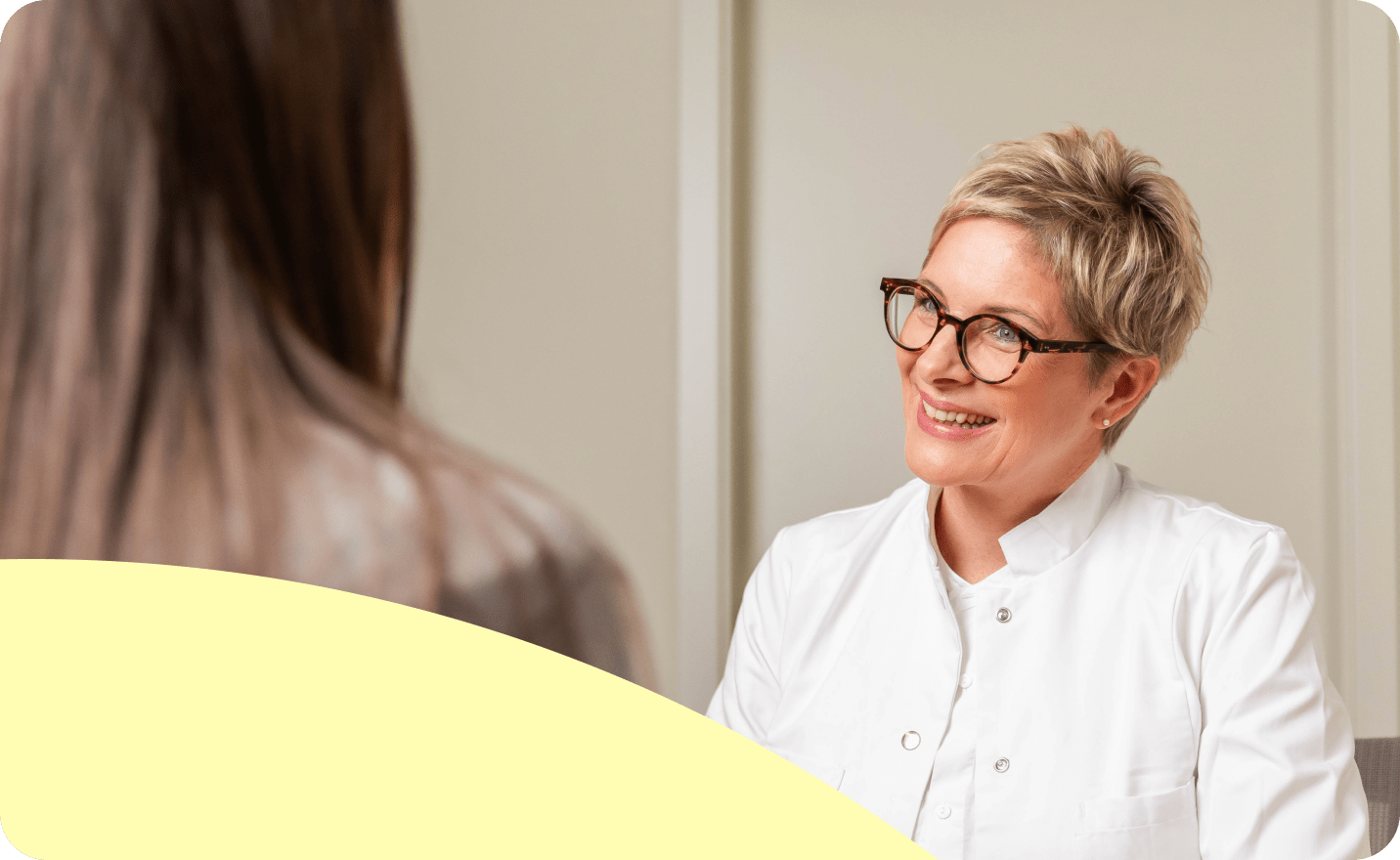Learn when Natural Cycle IVF can be an option for you, its success rates, and how it can support your fertility journey.
The Essentials of a Natural Cycle IVF:
- In IVF without hormones, only one egg matures in the natural cycle.
- This eliminates the side effects of ovarian stimulation drugs.
- Success rates per cycle are around 10-15%.
- To achieve success rates similar to conventional IVF, 2-3 cycles are often required.
- Unstimulated cycle IVF is suitable only for women with a regular menstrual cycle and spontaneous ovulation.
A Gentle Alternative to Conventional IVF
There are many names for it: Hormone-free IVF, unstimulated IVF or Natural Cycle IVF – but they all mean the same thing: in-vitro fertilization (IVF) that is hormone-free and aligns with a woman's natural cycle.
IVF has already paved the way for many couples struggling with infertility to have their own child. However, the traditional IVF treatment involves hormonal stimulation of the ovaries to retrieve multiple eggs at once. While this method is effective, it can also be physically and emotionally taxing for the woman.
In the following, you'll learn when hormone-free IVF might be suitable, the chances of successful pregnancy, and the pros and cons of this method.

What Exactly is a Natural Cycle IVF?
Unlike standard IVF, a natural cycle IVF completely avoids fertility drugs and injections (the only exception is ovulation induction with an hCG injection). Instead, it follows the woman’s natural cycle and uses the maturation of a single egg.
This egg is retrieved at the optimal time and fertilized in the lab with the partner’s sperm. The resulting embryo is then transferred into the uterus, just like in conventional IVF.
ICSI (Intracytoplasmic Sperm Injection) can also be performed during the natural cycle.
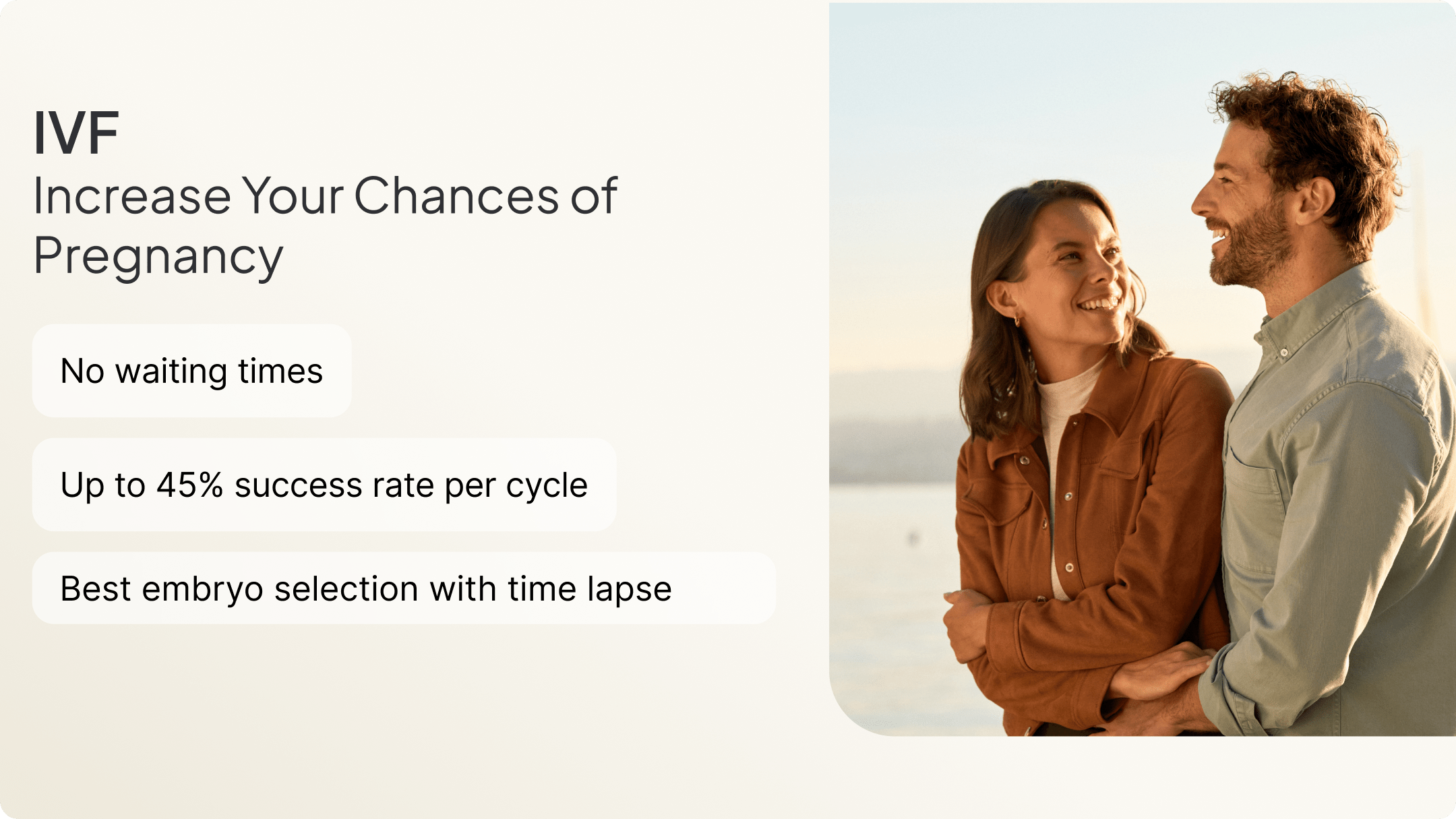
Advantages and Disadvantages of IVF Without Hormones
Advantages of Hormone-Free IVF:
- Gentle Treatment: The absence of hormones reduces the physical and emotional burden on the woman. Side effects like mood swings, nausea, breast tenderness, headaches, or the potential for ovarian hyperstimulation syndrome (OHSS), a possible complication of hormonal stimulation, are avoided.
- Lower Costs: Without the hormonal stimulation and the frequent monitoring required for conventional IVF, the costs of this fertility treatment are significantly lower. Approximately CHF 1,000 can be saved on hormonal medication.
- Reduced Risk of Multiple Births: Since only one egg is fertilized, the risk of a multiple pregnancy, which carries increased health risks for both mother and babies, is much lower.
Disadvantages of Hormone-Free IVF:
- Lower IVF Success Rates Per Cycle: Unlike conventional IVF, where multiple eggs are retrieved, the retrieval of only one egg per cycle offers fewer chances for successful fertilization and implantation. This is because, in conventional IVF, multiple fertilized eggs are available to choose from, while with only one egg, the entire treatment depends on that one egg. Success rates per cycle for this method are about 10-15%, compared to 20-40% per cycle with conventional IVF.
- No embryo freezing: Because typically only one egg is collected, there are no surplus embryos to freeze for future use. This means that each cycle must be started from scratch, with no opportunity for frozen embryo transfers.
- Ovulation Not Always Predictable: Even with a regular cycle, premature ovulation can occur, where ovulation happens earlier than usual. If ovulation occurs too early, the egg collection and transfer may not be possible. To make ovulation more predictable, women opting for IVF without hormones are often advised to take an hCG injection (human chorionic gonadotropin) to trigger ovulation at the optimal time.
- Multiple Cycles: To increase the chances of pregnancy and achieve success rates comparable to conventional IVF, multiple treatment cycles are usually required. Typically, 2-3 cycles are needed to reach a comparable success rate.
- Limited Applicability: IVF Naturelle is not suitable for all women. Requirements include a regular cycle with consistent ovulation and a balanced hormone level.
- More Time-Consuming: Close monitoring of the cycle requires multiple ultrasounds and blood tests. The exact timing of egg retrieval is harder to predict, requiring flexible scheduling.
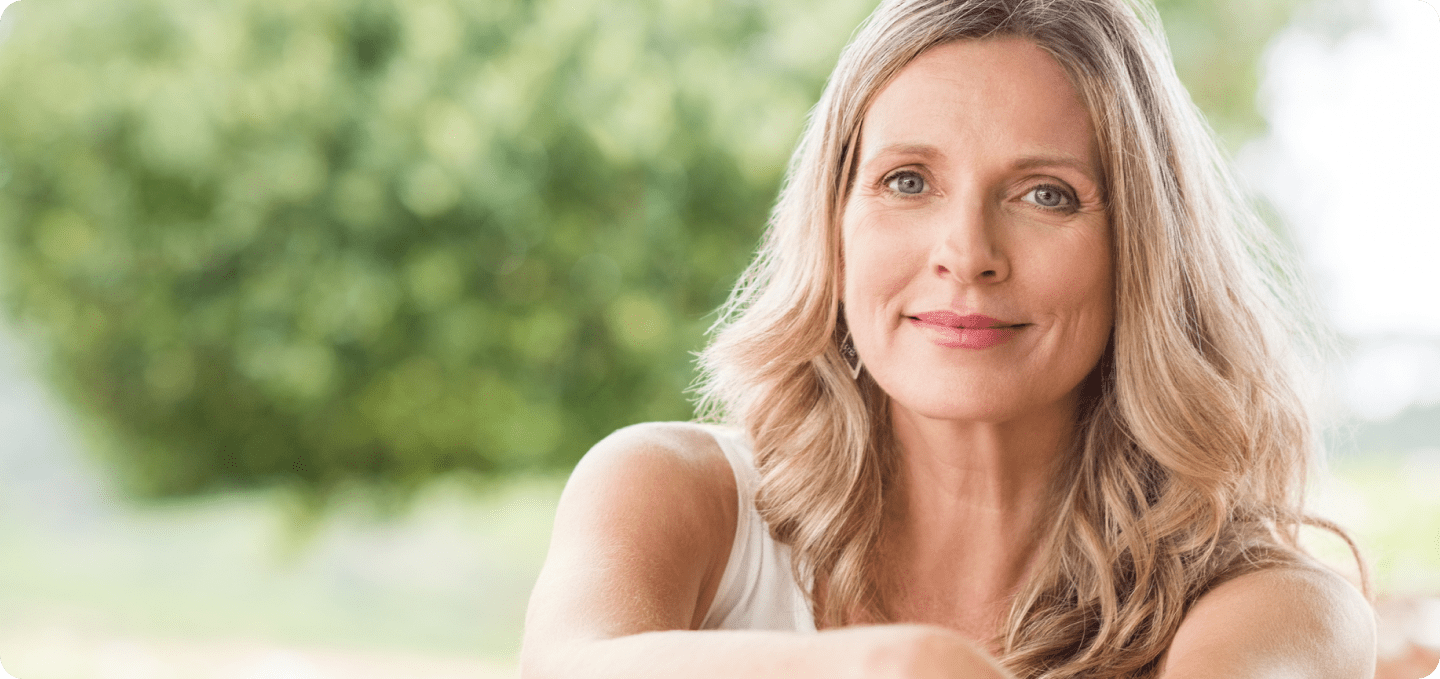
Who is Natural Cycle IVF For?
- Women who reject or cannot tolerate hormonal stimulation.
- Women with a low ovarian reserve who do not respond well to hormonal stimulation.
- Women at high risk of ovarian hyperstimulation syndrome.
- Couples seeking a gentler and more cost-effective alternative to conventional IVF.
- Couples with ethical concerns about creating "excess" embryos.
What Happens During the Natural IVF Cycle
Cycle Monitoring
At the start of the cycle, the female partner undergoes close monitoring to track the natural maturation of the egg and the upcoming ovulation. This is usually done through:
- Ultrasound Scans: Regular ultrasounds provide information about the size and development of the follicle (the sac containing the egg), as well as the uterine lining. The first checkup is typically scheduled between day 7 and day 12 of the cycle, depending on cycle length.
- Hormone Tests: Blood tests measure hormone levels (such as estradiol, LH, and FSH), which provide essential information about ovulation.
Cycle monitoring allows for the precise determination of the optimal time for egg retrieval.
Egg Retrieval (Follicle Aspiration)
Just before ovulation, the egg retrieval (also called follicle aspiration) takes place. The mature egg is removed from the follicle under ultrasound guidance using a thin needle inserted through the vagina (transvaginal). This procedure is generally painless and lasts about 15-20 minutes.
Fertilisation
The retrieved egg is fertilized in the lab with the partner’s prepared sperm. Fertilization can occur in two ways:
- IVF (In-vitro Fertilization): The egg and sperm are combined in a culture dish, where fertilization occurs naturally.
- ICSI (Intracytoplasmic Sperm Injection): A single sperm is directly injected into the egg. ICSI is often used in cases of male infertility or after unsuccessful IVF attempts.
Learn more about minimal stimulation IVF in this video:
Embryo Transfer
Two to three days after fertilization, the embryo is transferred into the uterus. The transfer is done using a thin catheter inserted through the cervix. The procedure is generally pain-free and does not require anesthesia or sedation.
Luteal Phase Support
After the embryo transfer, progesterone may be administered to support embryo implantation. Progesterone is usually given in the form of vaginal suppositories or gel.
Is Natural Cycle IVF Right for You?
IVF without hormones offers a gentle and cost-effective alternative to conventional in-vitro fertilization for couples hoping to conceive. By avoiding hormonal stimulation, it significantly reduces the physical burden on the woman while also minimizing the risk of multiple pregnancies.
However, the success rates per cycle are lower, so multiple cycles are usually needed to achieve comparable success rates to conventional IVF. This method is especially suitable for women with regular cycles and for those who prefer a gentler approach to fertility treatment.
At our fertility clinic in Zurich, we tailor medications to suit your individual preferences. If the conditions are right, we can also perform IVF without hormones.
Frequently Asked Questions About Natural Cycle IVF
How does the pregnancy rate compare to stimulated IVF?
Although fewer eggs are retrieved per cycle, studies show that hormone-free IVF yields comparable pregnancy rates to mild stimulated IVF. However, multiple cycles of natural IVF are often needed to achieve the success rates of conventional IVF.
Natural IVF involves egg maturation in the natural cycle without hormonal interference, which may result in higher-quality eggs with a better chance of fertilization and implantation.
What is the chances of success for unstimulated IVF?
The success rate of IVF without hormones depends largely on the woman’s age. As egg quality declines, the chances of pregnancy are lower for older women compared to younger ones.
A case study showed a pregnancy rate per cycle of about 7% and a success rate of about 16% per embryo transfer (ET). However, as natural IVF treatments can be performed across multiple cycles, cumulative pregnancy and live birth rates increase to up to 46% and 32%, respectively.
How many cycles of natural IVF are typically needed?
Experience shows that 2-3 cycles are required to achieve a comparable pregnancy rate to conventional IVF.
Is non-stimulated IVF treatment painful?
The egg retrieval may cause mild discomfort, but it is generally well-tolerated. Many women find the hormonal therapy involved in conventional IVF to be more burdensome.
What are the costs of Natural Cycle IVF?
The costs are lower than conventional IVF due to the absence of hormonal stimulation and the associated monitoring. IVF without hormones typically costs between CHF 5,000 and CHF 7,000.
Can I undergo hormone-free IVF if I’m over 40?
Generally, women over 40 are advised against IVF without hormones due to the reduced quality and limited egg reserve. The success rates per cycle for women over 40 are only 5 to 10%.
What alternatives are there to Natural Cycle IVF?
In addition to IVF in the natural cycle, there is also the option of Mini-IVF, also known as Minimal Stimulation IVF. Unlike Natural Cycle IVF, Mini-IVF involves the use of low-dose fertility medications to stimulate the ovaries and promote the maturation of 2 to 8 eggs, rather than relying on the single egg produced in a natural cycle.
Intrauterine Insemination (IUI) can also be performed without stimulation drugs, depending on individual conditions (good sperm quality, open fallopian tubes).
Other artificial fertilization procedures like conventional IVF and ICSI require hormonal treatment, which has a greater impact on the body but results in more eggs being retrieved, potentially leading to more embryos.


